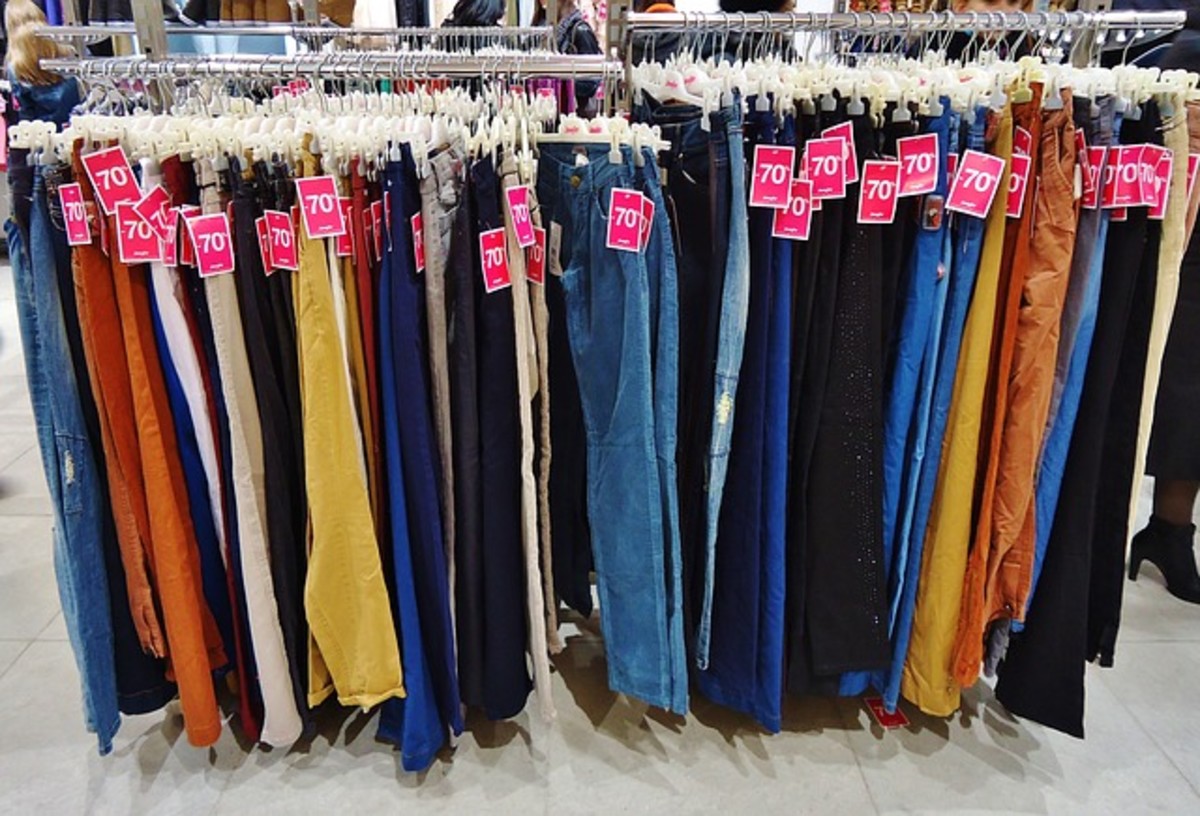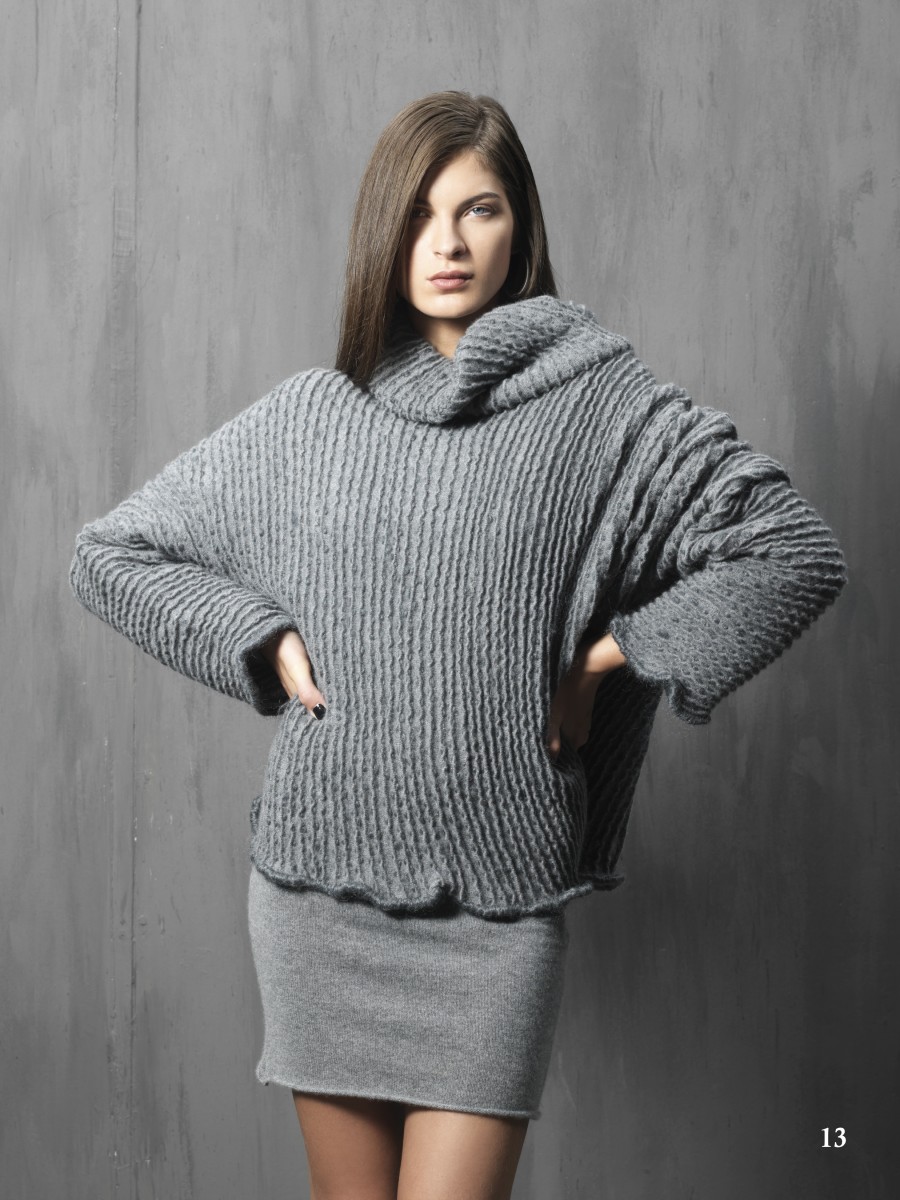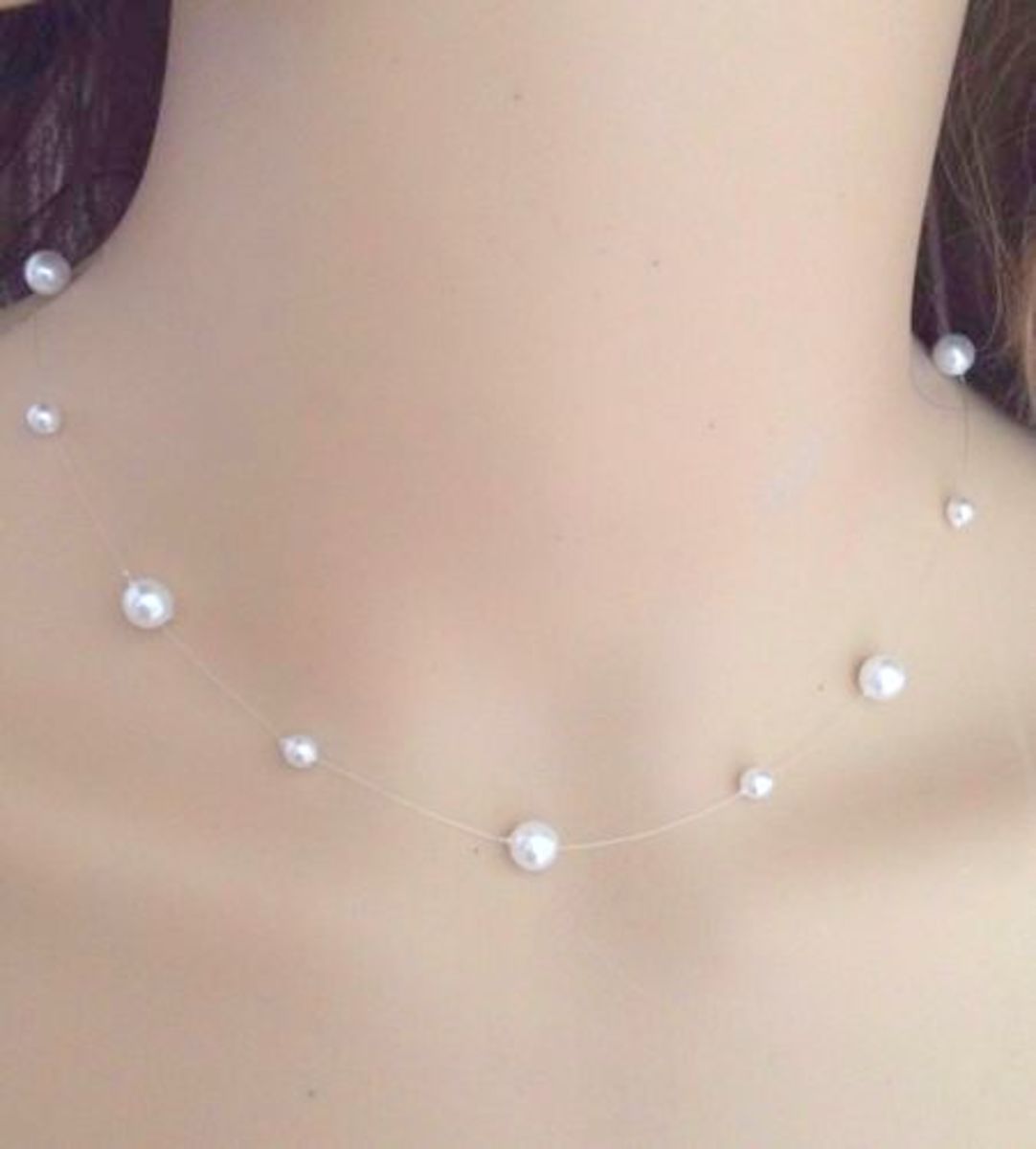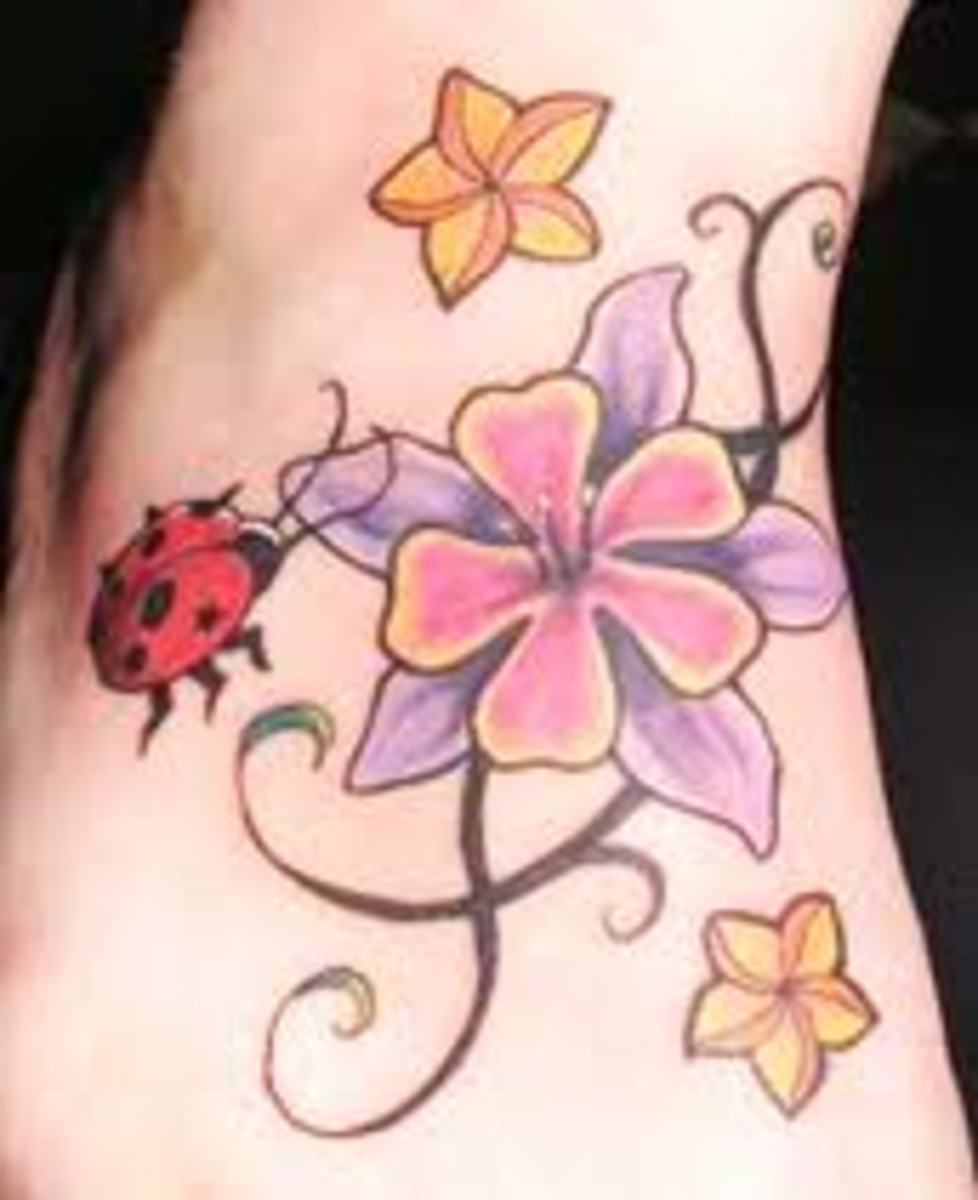12 Tips to a better fitting wardrobe--Men and Women--Wearing clothes that fit!
Usually, in most cases..., when we're under ten the clothes that Mom or even Grandma (at times) brings home are great. Some of them we like better than others, mind you even at that age there are certain things we would rather like to hide them in the back of our closets.
Then we start to develop a fashion sense... not ours...yet, but the fashion sense that the glitzy movie stars, scream-y rap bands and the popular preppies in school wear. (not even sure if the word preppies is still in use today). Heaven forbid that we would actually own a pair of jeans that still has both knees intact or doesn't have a strategically placed hole in the worn-out patch by the zipper region. Well, as a teenager and possibly even in our early twenties the burlap sack that's in fashion will do just fine...
but then comes a time when that stuff finally fails to impress, a time when our own fashion diva or guru finally awakens and we want to build our own image, when we realize that to go trendy can be fine and dandy but somehow the wallet refuses to become bottomless.
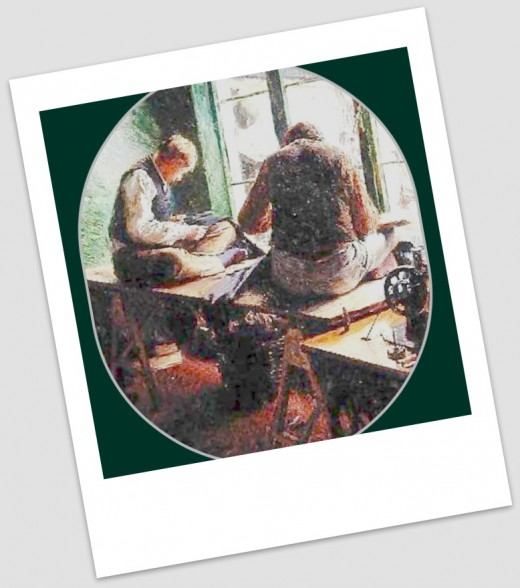
When this change occurs it's the perfect time to start hunting for that perfect 'in tune' with your body image basic wardrobe. To make this happen remember that even the most casual clothe closet needs some professional attention and can really benefit from a good tailor/seamstress.
A super good tailor or seamstress can help you set up a great basic wardrobe onto which you can build which will last for some years. They can suggest what style does suit your body type best. What to nip and tuck even on your everyday clothes, to make you look the best you can be.
No matter how stylishly trendy the wardrobe, if the clothing doesn't fit right it's a wasted effort. Tailors and seamstresses have long been relied upon to fix formal wear. Although using them for everyday clothes is an extra step and an extra expense it is well worth it though when setting up that basic or classic wardrobe that's flattering to the body. The one that can last for years onto which you can build extra pieces every season of the year. The too-long sleeves and pant legs, the waists that are too large can drag you down and make you look sloppy and unprofessional.
You know that saying 'If you look good, you feel good'. Well when you show up in clothes that fit you well, flatter you, YOU will come across as a confident person which then in turn could open extra doors.
Here are 12 things you should know before you walk into a tailor shop with a closet-ful of your clothes to be altered:
#1
Remember that taking things in is always easiest. So always buy the size that fits the biggest part of your body the best. Letting out can create unforeseeable problems that a lay person and even professionals can't tell ahead of time. It's not always sure and can't be told before hand if the seams might leave seam mark lines, if the holes made by the sewing machine needle stay visible, if there is enough fabric in the seams to warrant taking things apart etc. As mentioned before if the garments you're interested in don't fit quite right buy them a size larger, better said buy them to fit the largest part of your body well with other words buy the 'too-large size' instead.
For example: Jeans have zilch as far as seam allowances, and even if they had, they couldn't be let out as it would show. --- In most cases Jeans are sewn first then dyed and distressed (worn out etc.). So when you buy jeans make sure they fit the thighs and the butt well, even if they're way too big in the waist. The waist can be nipped and tucked in to fit you just right.
A suit jacket should fit across the shoulders, the bust/chest, belly, hips —
— as taking it in is easier to do than letting things out BUY to fit whichever measurement is the biggest... once it's taken down to fit your body nobody will know if it was a 12 or a 16 to start with... and further more nobody really cares...
#2
The law of the land states that before you go near an alterations/tailor shop with your clothes you get referrals. If the well-established tailor shop is busy, busy, busy, chances are you can find a customers or two who can provide you with a good recommendations for that particular shop.
#3
When having jeans hemmed, ask the tailor/seamstress either to "keep the original" hem or make it look as close as possible to the original look by using matching to the topstitching thread etc. This means they'll shorten the legs but keep the original hem (in most cases the distressed/worn off hem is cut off then re-sewn to the jean legs).
To be totally honest having been a tailor for most of my life I do not agree with this a 100% but it's been a fashion statement for the last so many years that jeans can't look new even if they're new and this includes the raggedy hems... In most cases hemming jeans with the original hem costs twice as much as a regular jean hem. In Toronto and other large cities, I'm told, it costs almost three times as much. Well, with a little patience and about 3-4 washings the hem with the regular hemming can look all worn in and almost as bad as the original hem was... (I know, I know my age is showing with this comment but it's just my opinion and as far as I'm concerned a new pair of jeans should look new for a few washings at least)
#4
Most of us have some irregularities with our bodies. The tailor/seamstress needs to know if you have a hip higher than the other or have a difference in leg length, a curve in the spine or ...etc. This will help the tailor/seamstress to adjust the alterations accordingly.
#5
Tell your tailor/seamstress precisely what your likes and dislikes are. If you like to wear your pants long, tell them so, after all it is your likes and dislikes that are what's important. They will accommodate your personal style if they know it. Remember to be tell them so at the fittings, ahead of cutting time...
#6
Think it over what you take to your tailor/seamstress. To be realistic your father-in-laws suit who was a foot shorter than you can not be stretched out to be long enough for you. Can a tailor/seamstress downsize a suit that is six
sizes too big? Yes, sure it can be done... it most likely will need to be taken apart and re-cut... but is that practical and cost-efficient? Most likely not, unless
the suit has special meaning or significance and/or is made of a really great expensive fabric, is a fantastic name brand. In most cases it will take more time to remake that suit then to start from a piece of cloth. I always found that one of the most intricate and time-consuming and expensive alterations was to downsize the shoulders of a suit jacket, especially men's suit jackets.
#7
A good tailor/seamstress can do more than just sew. He or she know and understand fit and they might just have a great idea that will benefit your body style better and also be able to suggest design changes that will make your clothes look better on you.
#8
This is a tough one in today's economy, but you should buy the most expensive clothes you can afford. Remember to choose classic styles, especially for suits. More-expensive clothing is usually made of fabric that is of higher quality and also usually have more fabric in the seam allowances which will make them much easier to tailor. This also means that more expensive garments can be tailored and/or restyled more than once.
#9
Under normal circumstances taking thrift-store purchases to a tailor can be a smart idea. However do remember that no matter what work needs to be done on that suit/dress takes the same amount of time and effort, even if it came cheap from a used clothing store. It is only worth the expense if it's a well-made classic, garment. A vintage dress can easily be revamped, updated for a better fit and more modern style. Even if it comes all the way from the 20's and 30's. The alterations might set you back a couple of hundred dollars but if you start out with an expensive Dolce & Gabbana dress you will still have a treasure that came at a bargain price.
Think twice about wanting to get alterations done on garments that are made of poor fabrics.
#10
Remember proportions... this has happened on many an occasion and I'm positive that every tailor/seamstress can vouch for this... a mom brings in her granddads favorite shirt (that has only been worn at two weddings and a funeral) to down size for her son who is still a scrawny 8 year old. Yes the sleeves that are way too long can be made shorter, no problem. But unfortunately the rest of the shirt will hang down to the boys knees, the chest pocket will cover his belly button and the collar will fit around his and his other two siblings necks at the same time... this shirt would require major re-cutting and re-working but it still wouldn't make a great fitting shirt and it could cost a fortune... The Mom is way better off by setting that shirt away for a few years and then trying to resew it when the boy has grown.
#11
In a Classic 'should-have' wardrobe, it helps to know what to look for in the basics ... 'The basic fit guidelines' that is. We're talking about a classic suit which should last for years and not get dated after just one or two seasons. It obviously should be in a darker muted colour, it's good to know that all tones of navy, the khakis and browns etc will stay in fashion...
Men: The rule of thumb for a good fitting suit is ==>
- The jacket lapels should be neither too wide or too narrow as this puts a date onto the suit, go for the one that has two or three front buttons only, no more.
- You should be able to just
grasp the bottom of your suit jacket with your fingertips which would make your
jacket just cover your 'bee-hind' or seat. [However, if you have a longer torso, you can slightly counteract it by wearing your jacket 1" shorter than the above mentioned 'fingertips-rule-of-thumb'. This will elongate your body and give the illusions of being taller and have longer legs] If you have a 'tummy' ask the tailor to leave the front of your jacket hem 1/4"-3/8" longer than the back. (this will only work on non-plaid)
- Your Jacket sleeves should hang about an inch below your wrist. Your Dress-Shirt sleeves can show out from under your jacket sleeves, but do not have to. Too long jacket sleeves look sloppy, sleeves that are too short will draw the eyes and make you look shorter.
- Your pants should have a break in front at the crease and sit on top of your shoes but not have layers and layers of puddling, again this looks sloppy and will make you look shorter.
- Try to wear your pants around your waist and not under it (I'm told that under the waist is more comfy but this causes you to have a saggy butt ... which takes away from the smooth looking guy you're trying to portrait)
Women: The rule of thumb for a good fitting suit is ==>
- The length of your suit jacket should be governed by your tallness or in most cases shortness. A too long jacket will make you look shorter, especially if you're 'stocky' with bigger thighs. [It's a misconception to try to hide the works (large bust, tummy and bee-hind) by wearing a jacket that's too wide in the shoulders and hangs loose and low to just above the knees] If you're short have a stocky built your Jacket should be slightly fitted into the waist (NOT body tight) still have an inch - inch and a half of ease in width, in length it should be no more than 3-4 inches below your half mark. The thick shoulder pads are not in style anymore (thank goodness) but to counteract wider hips a jacket with slightly wider shoulders works well in camouflaging. The upper sleeves should be loose fitting but not sloppy wide. If your busty rather than wearing a box style jacket, one without lapels usually works well... like the Chanel style with vertical banding or a fine muted vertical stripe this gives an illusion of tall and slenderises.
- Your sleeves should cover the wrist by not much more than an inch.
- Your skirt hem line should be just above, right
at or just slightly below the knee. (either length is acceptable in the business world now)
- Shirts/blouses should fit nicely through the chest and waist, not too tight.
- Your pant hem should hang over your heels (if you're wearing high heels) or have a slight break in the front crease if you're into flats.
#12
By sticking to the classic styles in muted tones you can add the fashion colours and flavors of the season by selecting upbeat blouses/shirts etc. This will add the trendy to your look. Also remember when you buy other pieces to go into your classic wardrobe to let it be a complimentary pieces so that you can mix and match and thus have a whole new set of clothes.
A few years back a friend worked out that if she had 3- 3 piece suits with three shirts/tops that all interchanged she could create enough outfit for a month with out wearing the same combination twice.
Unfortunately mostly it's still a world where how we look is how we're judged. By being well dressed we show off a good image and a pleasant first impression is always easier to live up to than try to erase a bad and sloppy look. So the moral of this story is that you need to buy good clothes that fit well or let a tailor/seamstress make them fit YOU well.
- Tips for Men to Look Instantly Slimmer
When putting together your new fall wardrobe try to incorporate some of these tips to make you feel and look better. 1) Contrary to what you might think, you will appear slimmer if you wear your... - Pointers For Tie Care!
Watching the election on CNN I noticed that all the men were wearing simple ties. By simple I mean there were no flashy patterned ones on anyone. The trend for the coming fall and winter season...
- Big and Tall Men's wear!
Did you know that every REAL man wears up to a size 38 waisted pair of pants and a shirt with a 16 - How to fit pants and jeans
So are you frustrated with ill-fitting pants yet? Before you buy another pair of pants or jeans that sag in the butt, pucker at the pockets and/or fetter around the waist read this guide that will give... - Tips For How To Shorten Jeans! Easy step by step met...
The problem most have with getting jeans shortened is that they don't look the same anymore once the original hem has been cut. Here I'll give you the basic and easy way. The problem most have with getting...


